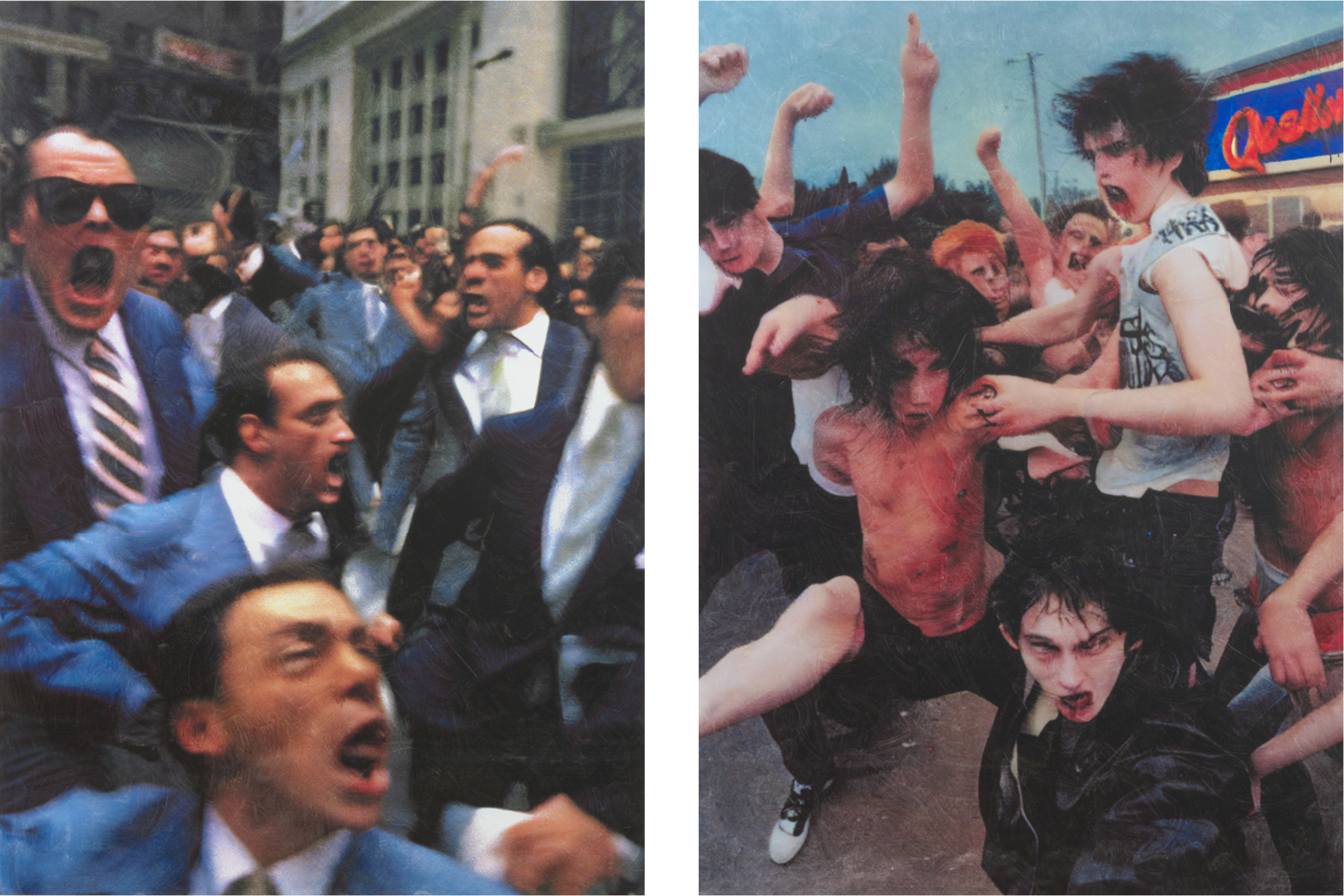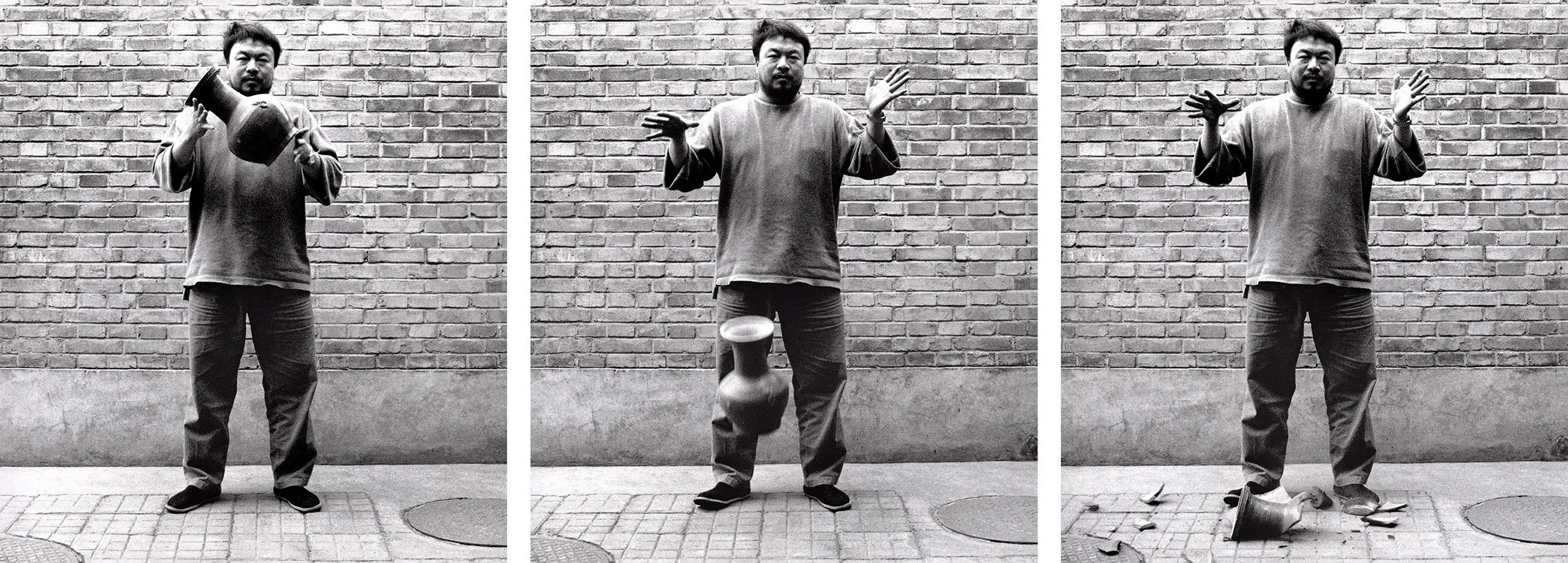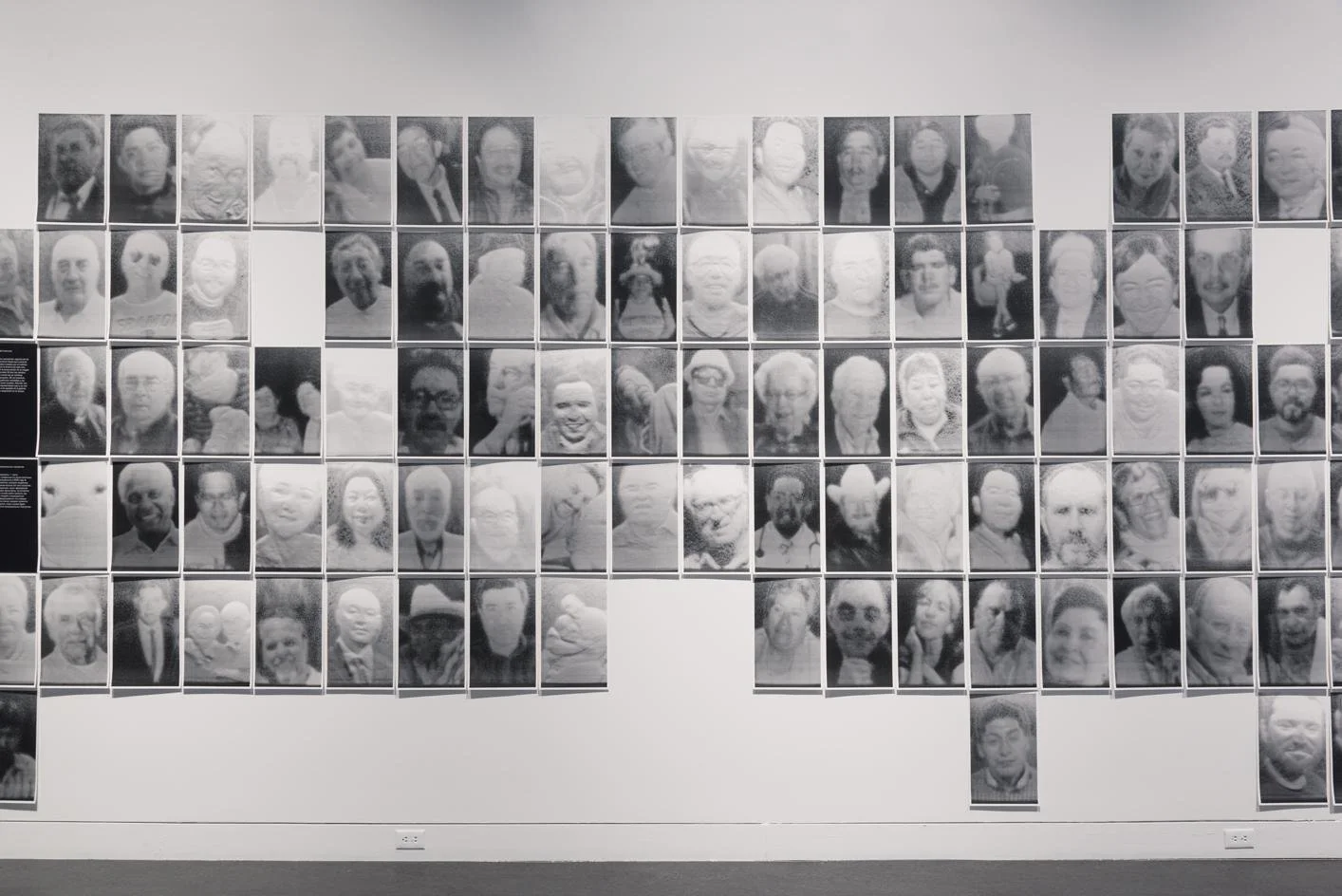The Futurist Manifesto:
1. We want to sing the love of danger, the habit of energy and rashness.
2. The essential elements of our poetry will be courage, audacity and revolt.
3. Literature has up to now magnified pensive immobility, ecstasy and slumber. We want to exalt movements of aggression, feverish sleeplessness, the double march, the perilous leap, the slap and the blow with the fist.
4. We declare that the splendor of the world has been enriched by a new beauty: the beauty of speed. A racing automobile with its bonnet adorned with great tubes like serpents with explosive breath ... a roaring motor car which seems to run on machine-gun fire, is more beautiful than the Victory of Samothrace.
5. We want to sing the man at the wheel, the ideal axis of which crosses the earth, itself hurled along its orbit.
6. The poet must spend himself with warmth, glamour and prodigality to increase the enthusiastic fervor of the primordial elements.
7. Beauty exists only in struggle. There is no masterpiece that has not an aggressive character. Poetry must be a violent assault on the forces of the unknown, to force them to bow before man.
8. We are on the extreme promontory of the centuries! What is the use of looking behind at the moment when we must open the mysterious shutters of the impossible? Time and Space died yesterday. We are already living in the absolute, since we have already created eternal, omnipresent speed.
9. We want to glorify war - the only cure for the world - militarism, patriotism, the destructive gesture of the anarchists, the beautiful ideas which kill, and contempt for woman.
10. We want to demolish museums and libraries, fight morality, feminism and all opportunist and utilitarian cowardice.
11. We will sing of the great crowds agitated by work, pleasure and revolt; the multi-colored and polyphonic surf of revolutions in modern capitals: the nocturnal vibration of the arsenals and the workshops beneath their violent electric moons: the gluttonous railway stations devouring smoking serpents; factories suspended from the clouds by the thread of their smoke; bridges with the leap of gymnasts flung across the diabolic cutlery of sunny rivers: adventurous steamers sniffing the horizon; great-breasted locomotives, puffing on the rails like enormous steel horses with long tubes for bridle, and the gliding flight of aeroplanes whose propeller sounds like the flapping of a flag and the applause of enthusiastic crowds.
— Filippo Tommaso Marinetti, 1909
Filippo Tommaso Marinetti was an Italian poet, art theorist and founder of the Futurist movement, an ideology that had both anarchist and fascist elements. Given this, Marinetti became an important and influential figure during the rise of Italian fascism after World War I, authoring the Futurist Manifesto in 1909, then later co-authoring the Fascist Manifesto in 1919. Despite his association with the arts, Marinetti declared that “Art, in fact, can be nothing but violence, cruelty, and injustice.”
—
Title reference from Mark Twain, who said, when warning against America ruling the Philippines, “history doesn’t repeat itself, but it often rhymes.”




















